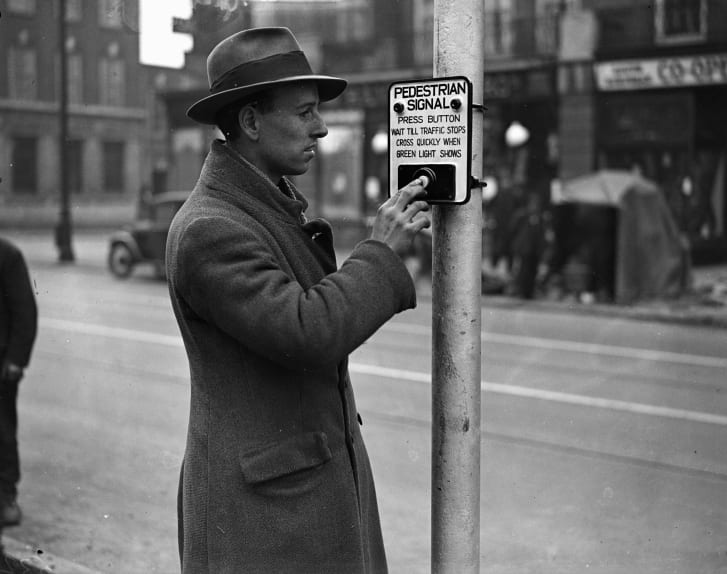 Have you ever pushed a button and wondered if anything really happened?
Have you ever pushed a button and wondered if anything really happened?
You may be onto something. There are 1000 “Walk” buttons at intersections in New York City, but only about 100 are actually functional. Pushing the “door close” button in an elevator probably doesn’t make the door close any faster. And if you’ve ever fiddled with a thermostat in a hotel room, you may be wasting your time.
Fake buttons even have a name — placebo buttons. They can be pushed, but otherwise serve no function. So what’s the point?
Placebo buttons do have a purpose — they give an illusion of control. Harvard psychologist Ellen Langer, pioneer of the “illusion of control” concept, has said “Taking some action leads people to feel a sense of control over a situation, and that feels good, rather than just being a passive bystander. Doing something typically feels better than doing nothing.”
If you think about it, there are practical reasons to have buttons that don’t work. Pushing a “Walk” button does get people to pay attention to traffic, rather than absent-mindedly rushing into the street. Elevator doors need to stay open a minimum amount of time in case a mobility-impaired person is entering. And one can imagine how hotel guests can mess up a room temperature.
So go ahead and push the button. Even if nothing happens, you’ll feel better for it.
Adapted from “Illusion of control: Why the world is full of buttons that don’t work” by Jacopo Prisco ( https://www.cnn.com/style/article/placebo-buttons-design/index.html? ). The photo came from that site.
